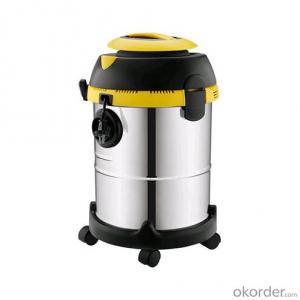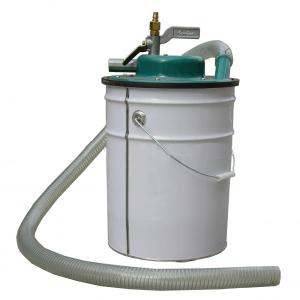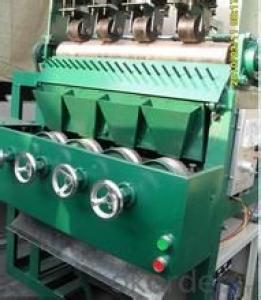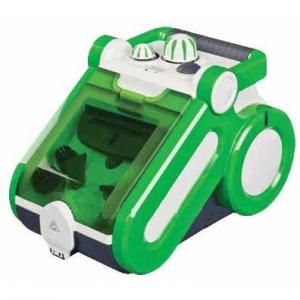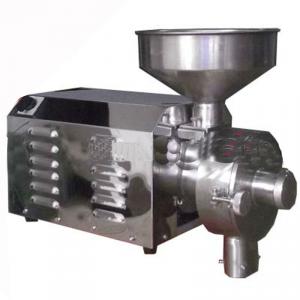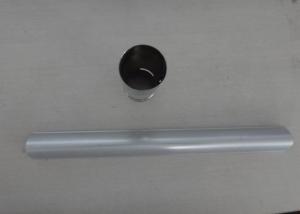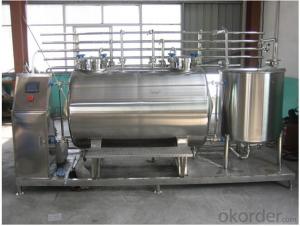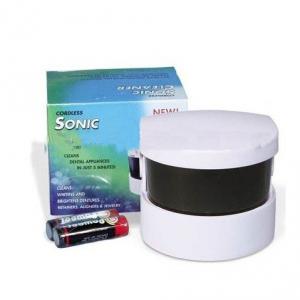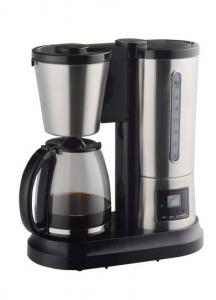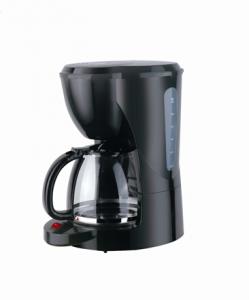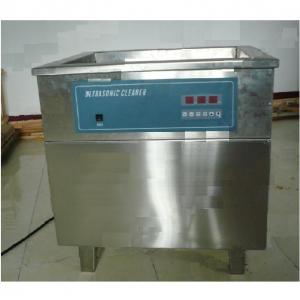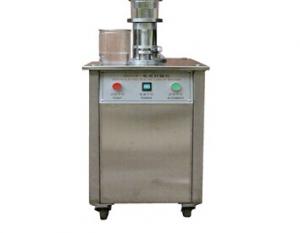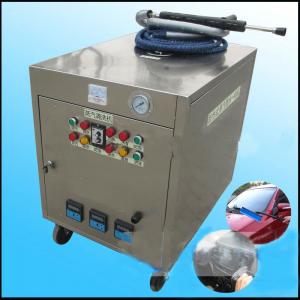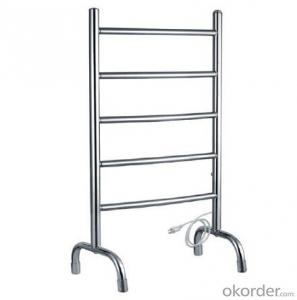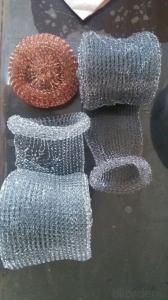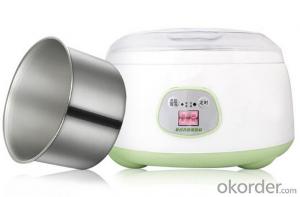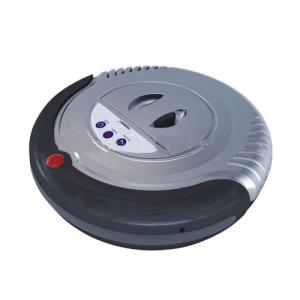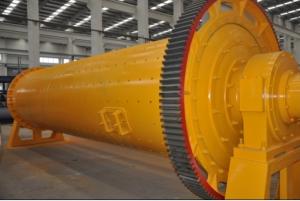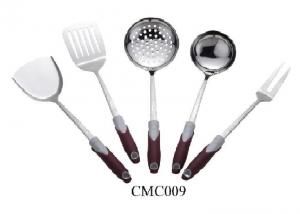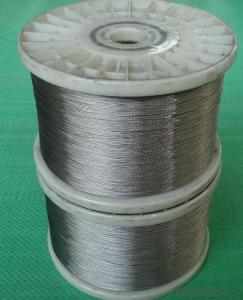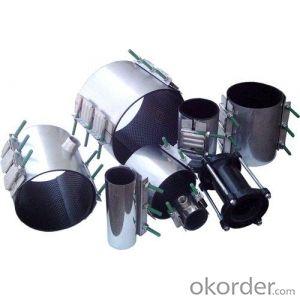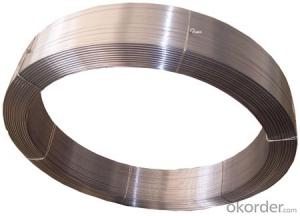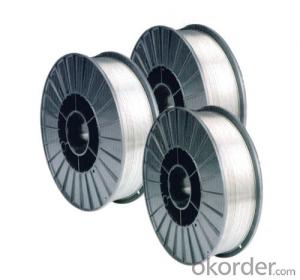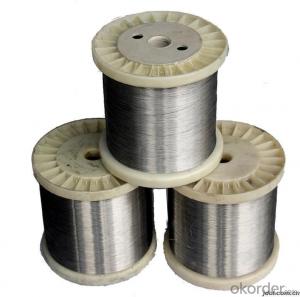Industrial Stainless Steel Cleaner
Industrial Stainless Steel Cleaner Related Searches
Industrial Vacuum Cleaner Oven Cleaner On Stainless Steel Stainless Steel Scraper Stainless Steel Cleaner Weiman Citrus Shine Stainless Steel Cleaner Steel Cleaner Liquid Stainless Steel Ice Maker Stainless Steel Cabinets Industrial Stainless Steel Washer Stainless Steel Scrub Stainless Steel Blender Stainless Steel Degreaser Stainless Steel Diswasher Steel Cleaning Chemicals Stainless Steel Filler Stainless Steel Blackener Stainless Steel Ice Cream Maker Stainless Steel Cutter Stainless Steel Welder Stainless Steel Appliance Stainless Steel Mixer Stainless Steel Trash Compactor Stainless Steel Tongue Scraper Stainless Steel Heater Stainless Steel Tools Stainless Steel Coffe Maker Stainless Steel Manufacturer Stainless Steel Scrubbing Stainless Steel Iron Stainless Steel HardwareIndustrial Stainless Steel Cleaner Supplier & Manufacturer from China
Industrial Stainless Steel Cleaner is a specialized cleaning product designed to effectively remove dirt, grime, and stains from stainless steel surfaces. This powerful cleaner is formulated to penetrate and break down tough residues, leaving surfaces looking clean and shiny. The product is widely used in various industries, such as food processing, healthcare, and hospitality, where maintaining the cleanliness and appearance of stainless steel equipment is crucial. It is also suitable for cleaning stainless steel appliances and fixtures in both commercial and residential settings.Industrial Stainless Steel Cleaner is applied by simply spraying it onto the surface, allowing it to sit for a few moments, and then wiping it off with a cloth or sponge. This easy-to-use product is highly effective in restoring the original shine and luster of stainless steel surfaces, making it an essential tool for maintaining a professional and hygienic environment. It is particularly useful in scenarios where stainless steel surfaces are exposed to heavy use and require regular cleaning to maintain their appearance and functionality.
Okorder.com is a leading wholesale supplier of Industrial Stainless Steel Cleaner, offering a vast inventory of this essential cleaning product. With a commitment to providing high-quality products at competitive prices, Okorder.com ensures that businesses and individuals have access to the Industrial Stainless Steel Cleaner they need to keep their stainless steel surfaces in top condition.
Hot Products
